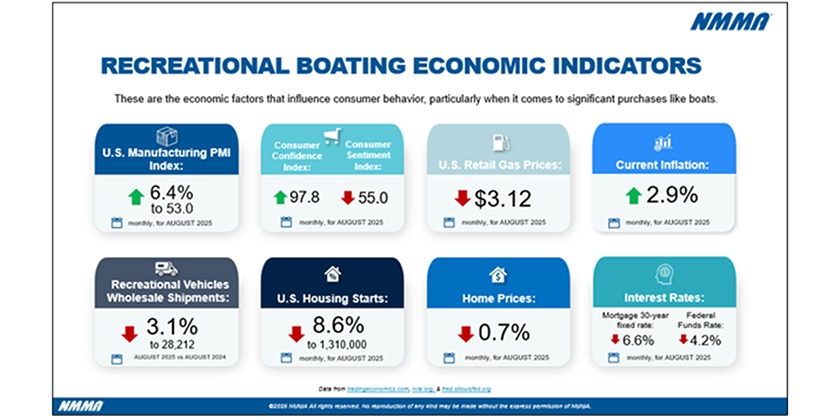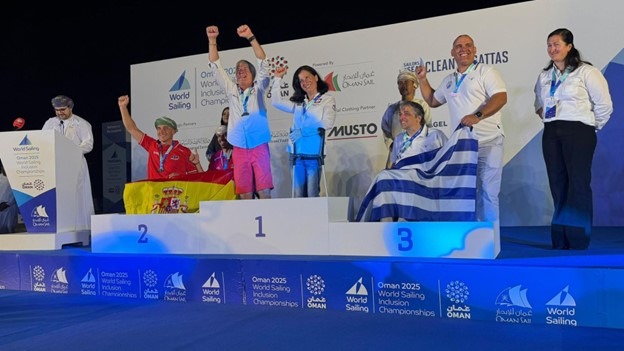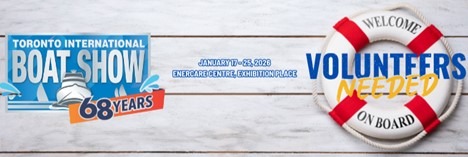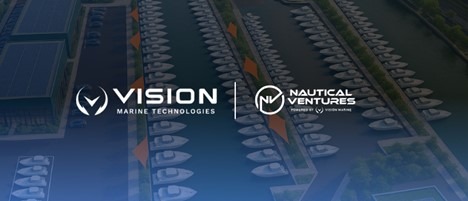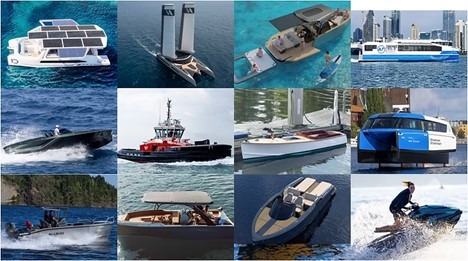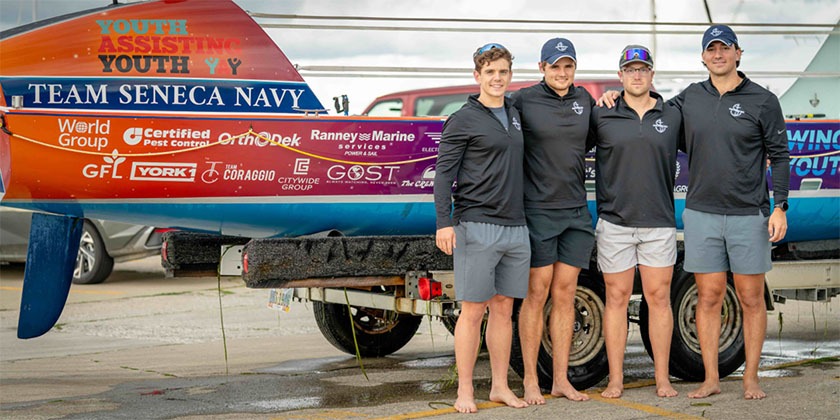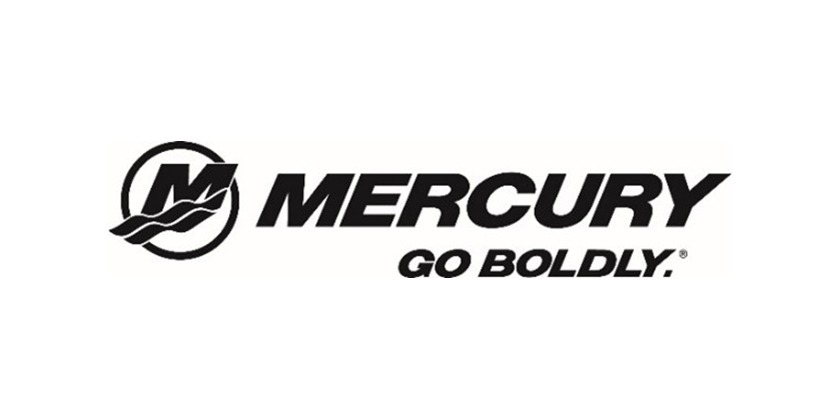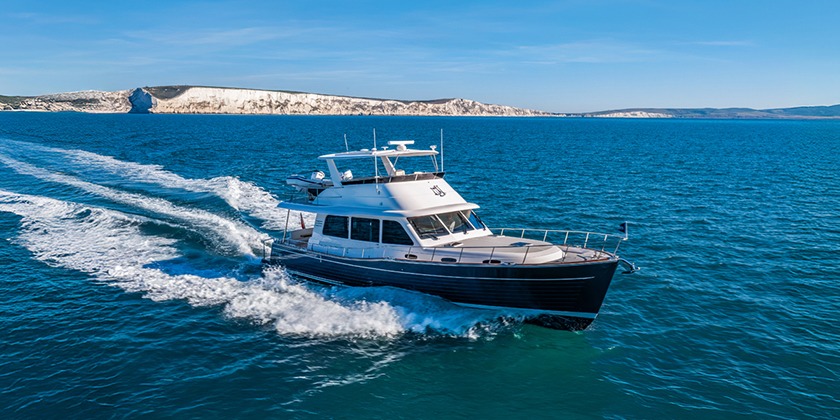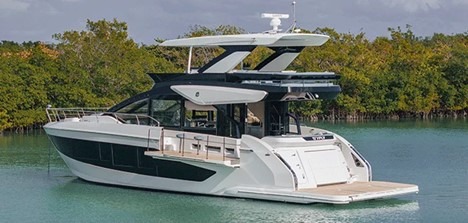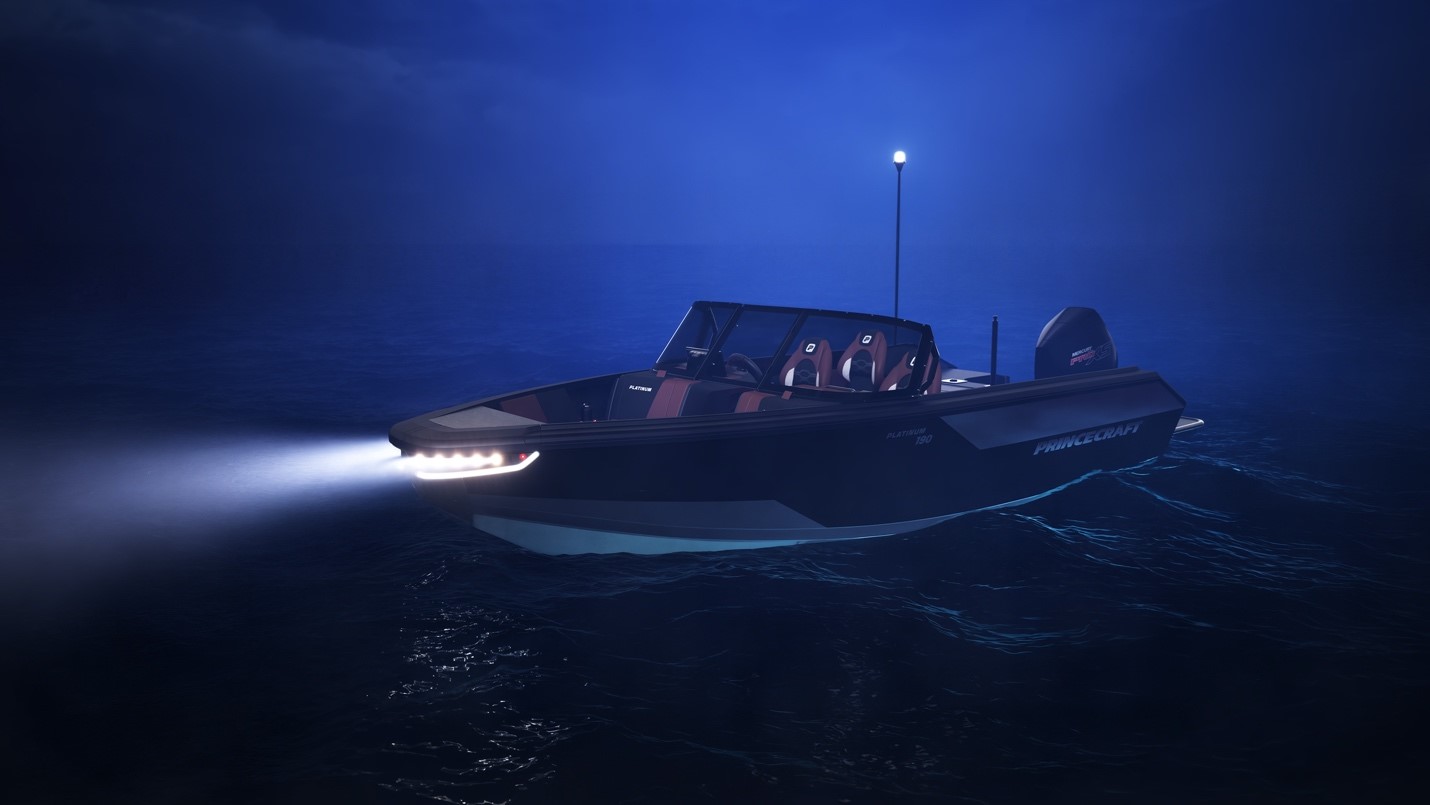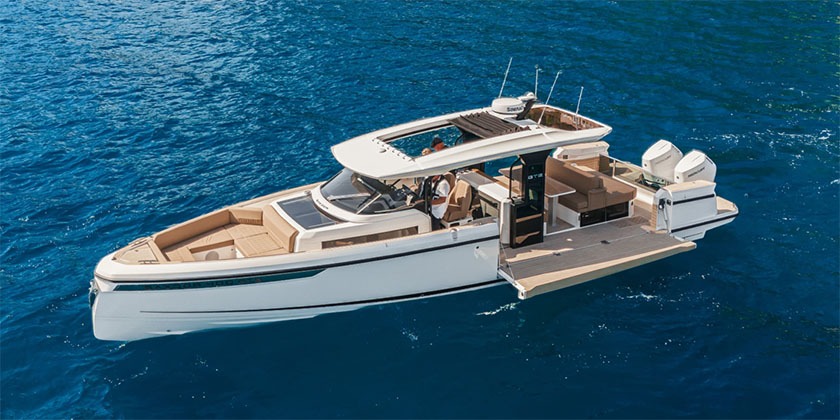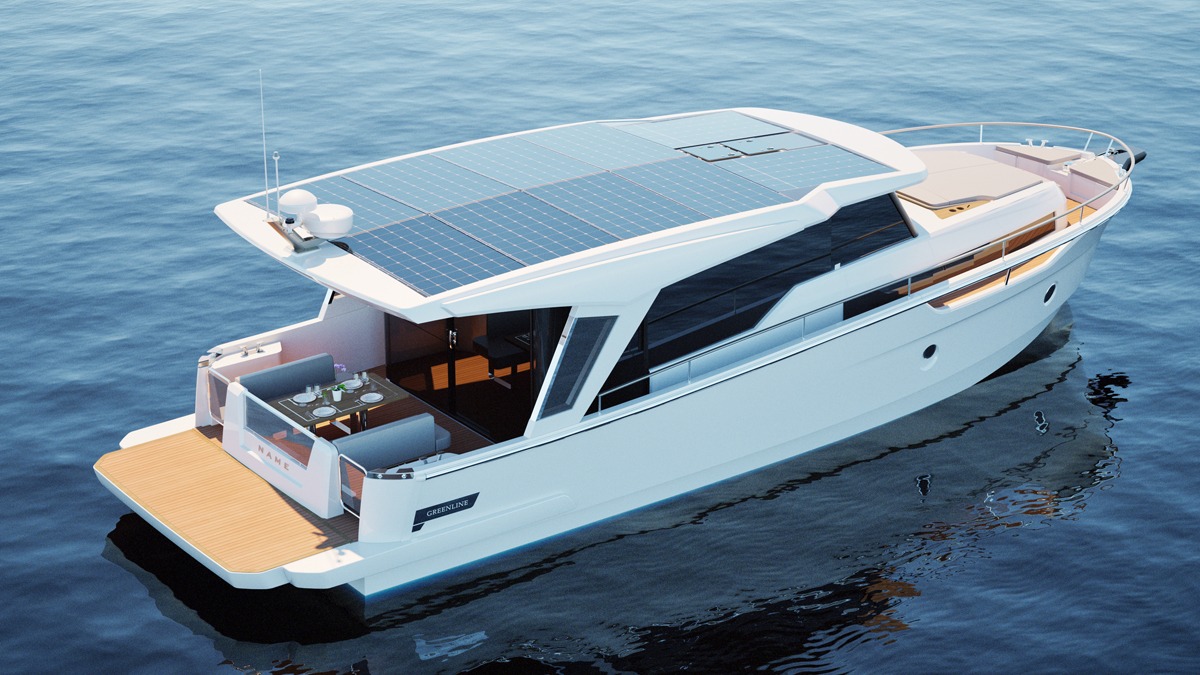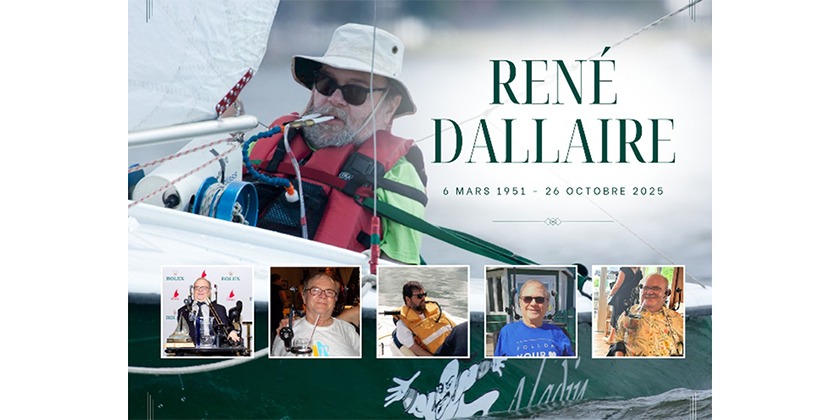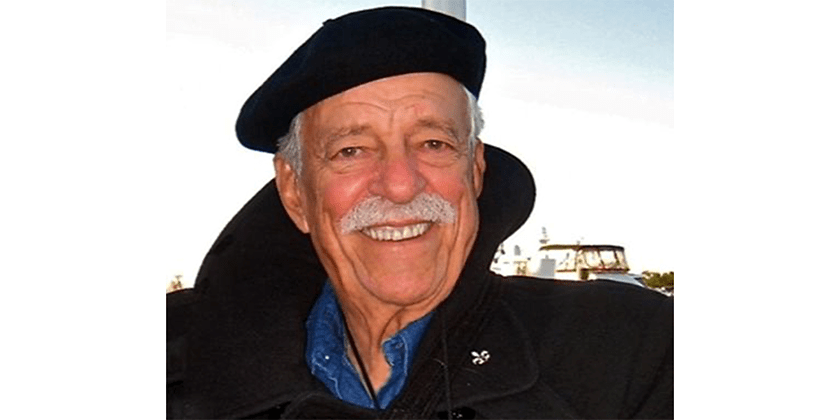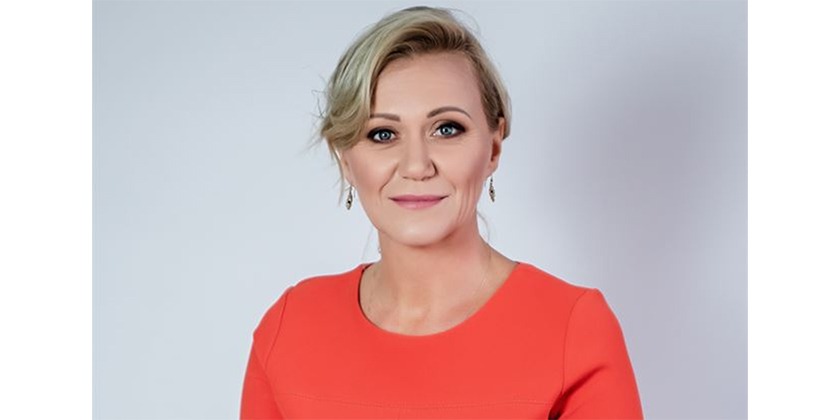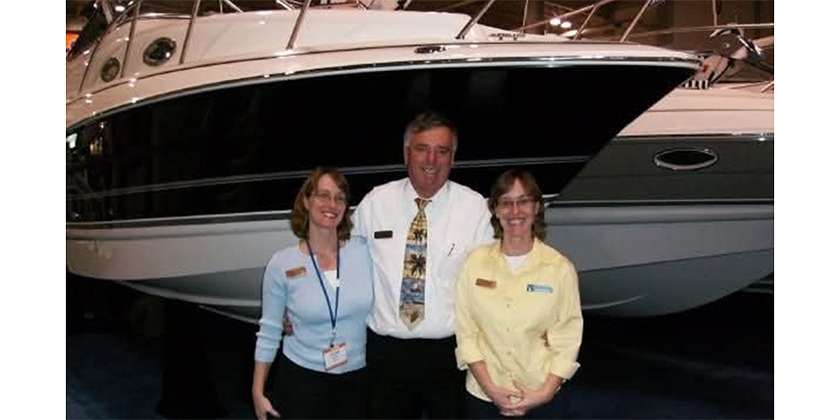GREAT LAKES HIGH WATER LEVELS
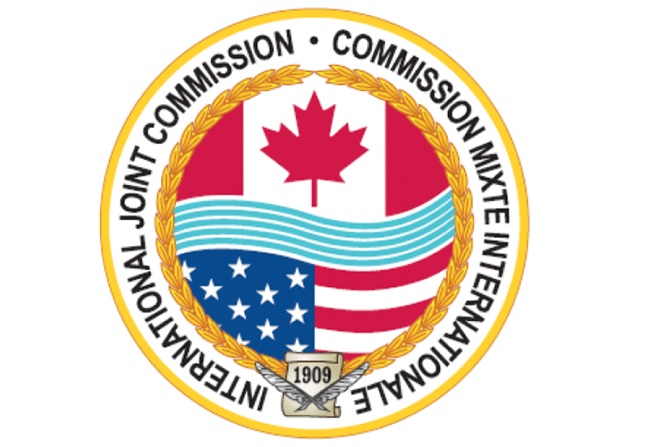
Apr 7, 2020
Other than Lake Michigan, the province of Ontario borders on all of the Great Lakes and Georgian Bay, and these bodies of water all drain out through the Moses Saunders Dam at Cornwall and into the St. Lawrence River. All outflows are controlled at that dam under the management of the International Joint Commission, (IJC). The IJC has been managed jointly by the United States of America and Canada since 1909.
In 2017 and again in 2019, high water levels in the Great Lakes basin have resulted in significant shoreline and property damage.
For many years the outflows were managed under what is called Plan 58 DD. That plan was replaced by Plan 2014 (active in 2017). Since then there have been two periods of much higher water levels in the Great Lakes resulting in significant financial and property loss.
A link to a short explanatory video is included at the end of this article.
BOATING ONTARIO
Below, are the key points from a letter sent on behalf of all Boating Ontario members, as our industry’s appeal to the IJC and Federal Government to change the outflows and reduce the water levels in Ontario. Here is what was asked:
1) International Lake Ontario-St Lawrence River Control Board appoint an Ontario steward to represent the interests of all stakeholders above the Dam
2) Issue a directive that the IJC adopt a series of deviations starting no later than June 1, 2020 to the present controls (Trigger, F and L Limits).
Specifically, we advocate for the adoption of Criterion H14 as the Hard Stop for Lake Ontario/ St Lawrence River.
It is currently written in Plan 2014, once the Lake reaches H14, all possible relief will be given to Riparian owners and the IJC will use whatever means possible to reduce water levels below H14. This would include the ability to increase the dam capacity to maximum outflows.
Furthermore, we would support that Criterion H14 be placed on the same regulatory level as F and L limits, removing the discretionary status it currently holds.
These measures would more fairly distribute high water devastation across all stakeholders and could greatly reduce the occurrence of continued flooding.
As an example of Criterion H14, the following levels would be target heights for the following dates:
June 1st 75.63 M above Sea Level
July 1st 75.57 M above Sea Level
Aug 1st 75.43 M above Sea Level
Sept 1st 75.26 M above Sea Level
The Boating Ontario letter concluded by stating that it is imperative that the IJC regain the ability to control outflows June to December to better reflect variability in climate events, much like Plan 58 DD allowed them to do.
GET INVOLVED
Members of the marine industry should all be concerned about this significant highwater damage to personal property and waterfront businesses of all kinds, especially yacht clubs and marinas.
These highwater events result in loss of boating infrastructure, reduced boating opportunity through the Great Lakes, increased insurance rates that spread across the country and more.
We encourage industry members to support Boating Ontario in this. You may also be interested in following the activities of United Shoreline Ontario, Lake Ontario St. Lawrence River Alliance and Save our Sodus.
United Shoreline Ontario’s (USO) objective is to engage governments and private home owners towards the protection of lakeshore homes, families, businesses, emergency responders and municipalities from violent or wide-spread lake surge flooding. This flooding is predicted with the implementation of Plan 2014 and the implications of climate change.
USO partners with the organizations below:
Lake Ontario St. Lawrence River Alliance (LOSLRA) is dedicated to fighting for the legal rights of landowners, homeowners, and small businesses along Lake Ontario and the St. Lawrence River.
Save our Sodus (SOS) is a non-profit with a mission to Protect, Preserve and Improve Great Sodus Bay.
Boating Ontario: www.boatingontario.ca
TWITTER: @LOSLRA, @SOS @United_ShoreON
FACEBOOK: https://www.facebook.com/LOSLRA/
https://www.facebook.com/saveoursodus/
https://www.facebook.com/Unitedshorelineontario/
View this 4-minute explanatory video to learn more.


